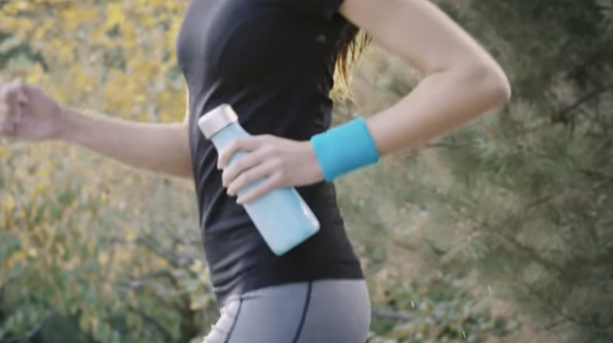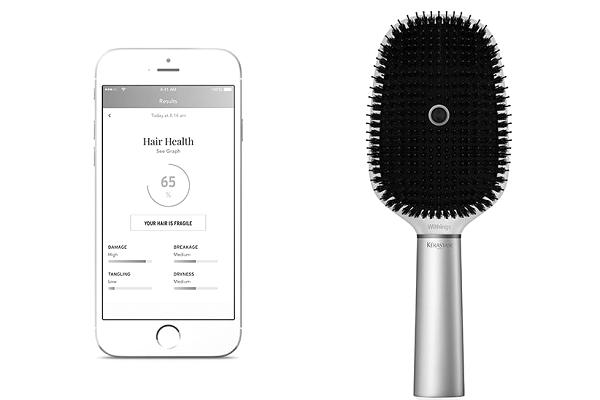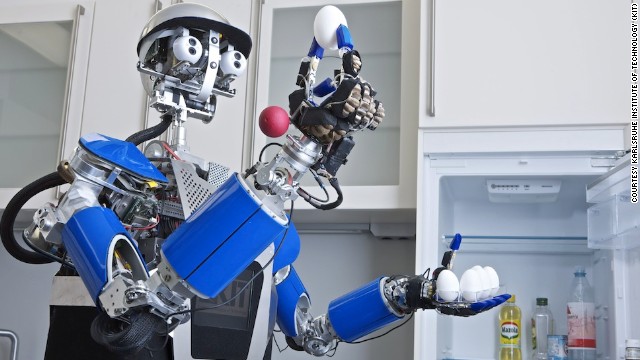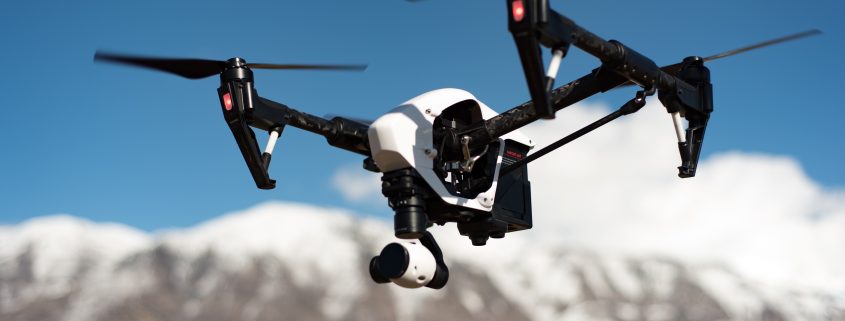3 Ways the Internet of Things Will Transform Customer Engagement in 2017
The Internet of Things (IoT) is everywhere with many tech companies aiming to make 2017 the year everyday devices become connected to the internet.
Marketers are leading the way in customer engagement, digital transformation and analytics. Customer insights are consistently revealing that the technology generation are not only demanding, but now expecting niche and social experiences, with a hunger for adventure driving expectations.
This addiction to the IoT means businesses will have NEW opportunities to interact and engage with customers, as well as introduce never before realised revenue streams.
Pretty exciting isn’t it?
Here are 3 Ways The Internet of Things (IoT) can transform your customer engagement, ultimately improving your bottom line:
-
IoT Will Distinguish Your Brand Amongst Your Competitors
The IoT allows companies to interact with customers in unique ways, separating them from organisations who have not made it a priority.
Let’s use the seemingly simple water bottle as an example.
An IoT-enabled water bottle could seamlessly sync with other IoT devices, such as a smartphone or connected speaker, which would also be connected to apps like a running app or diet management app.
So when the water bottle customer comes home from a run, they’ll be able to not only measure how far they ran and how many calories they burned, but also how dehydrated they are, what kind of liquid may be most beneficial considering their exercise and diet regime, as well as listen to a few minutes of music (which will automatically turn on, of course) while grabbing a drink before jumping in the shower.
In the afternoon, when they’d typically reach for a second coffee, their IoT water bottle will signal they’ve actually not reached their goal of two litres a day yet, and suggest a cup of water either with or instead of the coffee to help reach their fitness targets.

Now, let’s compare that experience to a standard bottle of water.
Boring…
For our experiential customer, understanding the current process they go through is integral to discovering an adventurous new process for consumption.
We’ve seen brands do great things with Augmented Reality, but brands are yet to really show us what they can do with IoT on a FMCG level.
One company who is on the right track, is beauty giant L’Oreal. Launching in January 2017, they have re-imagined the customer experience of hair brushing.
The Kératase Hair Coach uses sensors to count hair strokes, determines how wet the hair is, analyses strokes and gives personalised tips and product recommendations.
An important question to ask before diving into this, what problem am I solving for my customers? What problem do you think a smart hairbrush is solving?

-
IoT Introduces a New Level of Personalisation Through Data
At it’s core, the IoT is about data and insight with every customer interaction leaving a data trail.
The sheer volume of data available through the IoT means companies can use these insights to better understand the needs and wants of their customers, leading to a better understanding of customers’ thought processes and facilitating stronger relationships between the two parties.
Furthermore, these insights allow for product innovation, with the IoT being used to engage with customers to further personalise their product experiences.
For example, a refrigerator that lets you know when you’re running low on certain items is useful, but one that knows your favourite foods and is able to tell you when they’re on sale at your local supermarket creates a back and forth dynamic which is invaluable.

-
IoT Heightens Customer Loyalty
The IoT allows organisations the ability to act in ways that encourage loyalty, such as giving rewards to customers.
The differentiation between a normal rewards system and the IoT reward system is the relevancy of content delivered. IoT can use hyper-localised geo-location and user driven behaviours to determine rewards.
This fulfils the desire for individualism that drives the motivation behind our new consumer generation.
The impact of this relevancy can be the catalyst for a customer switching brand loyalty.
An example of this is Taco Bell’s targeting of those who use the traffic and navigation app Waze.
In this case, when a customer drove past a Taco Bell, Waze would send a targeted message for a reward such as free cinnamon twists or a $5 discount.
This reward not only encourages loyalty towards Taco Bell but also towards Waze for indirectly providing the reward.
Conclusion
The IoT experience is the most exciting technology of this decade. We talk about Artificial Intelligence and Augmented reality changing the landscape of customer engagement, but with IoT we are talking about creating and re-imagining new products.
If you’re interested to learn more about Mobile User Engagement strategies, check out this blog – 50 User Experience Strategies For Planning Memorable Mobile Experiences.



